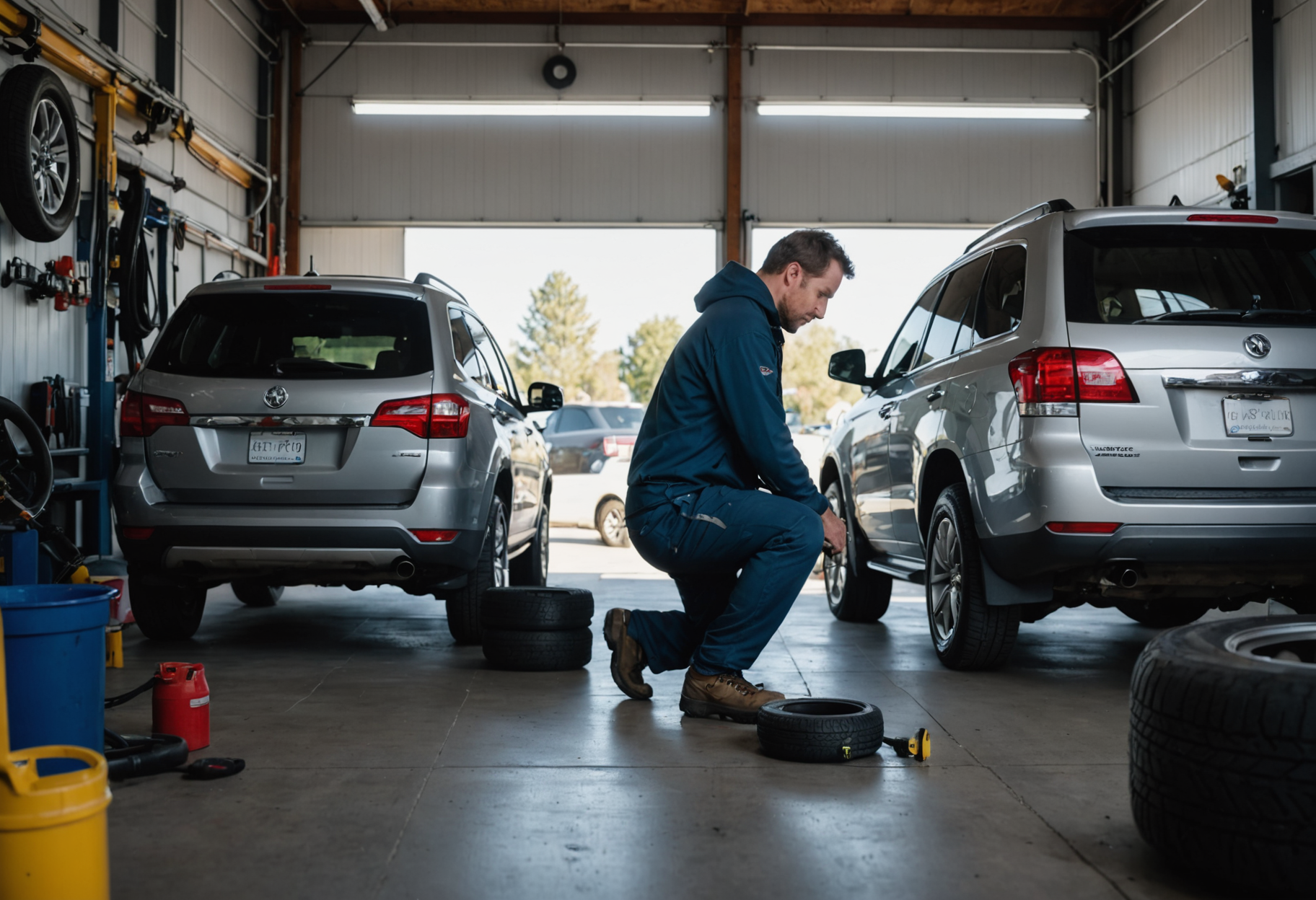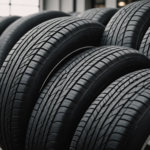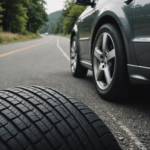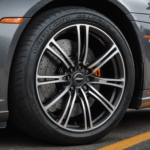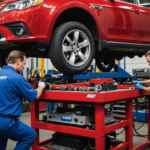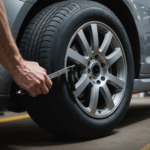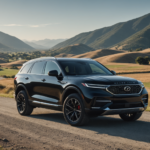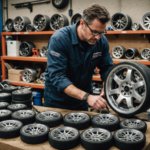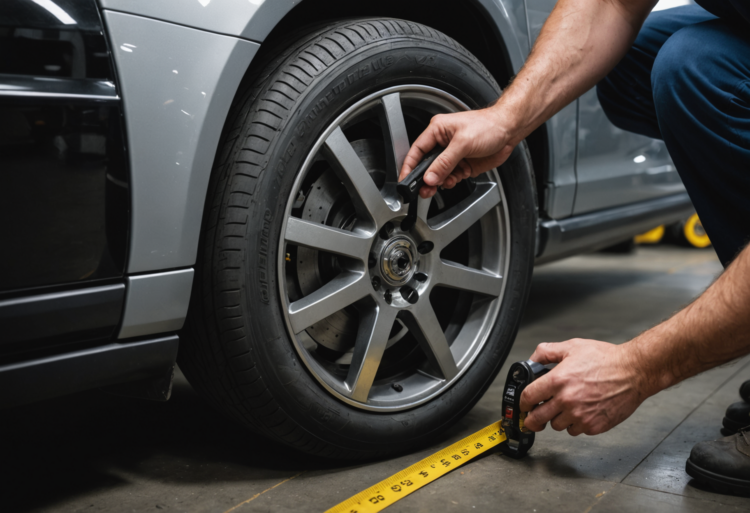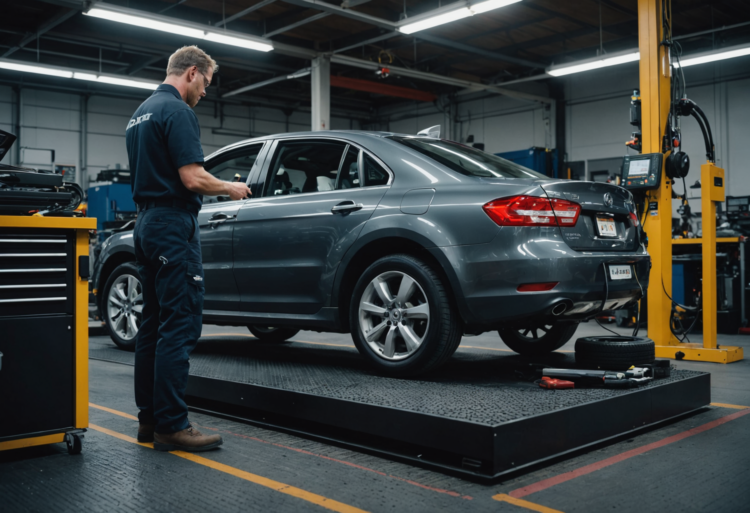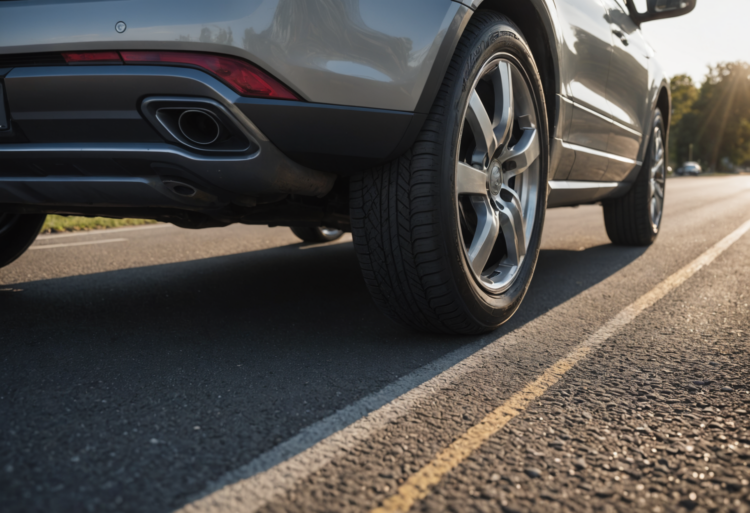Understanding the appropriate tire pressure for various vehicles goes beyond simple guidelines—it’s a crucial aspect of vehicle performance, safety, and fuel efficiency. Maintaining correct tire pressure not only enhances the driving experience but also significantly extends the lifespan of tires. In this extensive guide, tire pressure recommendations are examined for different types of vehicles including cars, trucks, SUVs, and motorcycles.
Importance of Tire Pressure
Managing tire pressure effectively is vital for several reasons, including:
- Safety: Properly inflated tires ensure optimal contact with the road, improving traction and handling, echoing safety in various driving conditions.
- Fuel Efficiency: Incorrect tire pressure leads to increased rolling resistance, causing the engine to work harder and thus consume more fuel.
- Tire Longevity: Both under-inflation and over-inflation can result in uneven tire wear, decreasing the lifespan of the tires.
- Performance: Maintaining the right tire pressure enhances overall vehicle performance, improving responsiveness and stability.
Understanding Tire Pressure Measurements
Tire pressure is measured in pounds per square inch (psi). Common metric units include kilopascals (kPa) and bar, but for the majority of vehicles, psi is the standard. The recommended tire pressure is usually specified in the owner’s manual or on a label located on the driver’s side door jamb.
General Tire Pressure Recommendations
Each vehicle type typically has a range of tire pressures that are considered optimal. Below are general recommendations for various types of vehicles:
| Vehicle Type | Recommended Tire Pressure (psi) |
|---|---|
| Passenger Cars | 30-35 psi |
| SUVs | 32-38 psi |
| Light Trucks | 30-40 psi |
| Vans | 35-40 psi |
| Motorcycles | 28-40 psi (front) / 30-42 psi (rear) |
Tire Pressure for Passenger Cars
For most standard passenger cars, the tire pressure typically varies between 30 to 35 psi. This range provides a balance between comfort, handling, and fuel efficiency. Here are some popular passenger car models with specific tire pressure recommendations:
Popular Cars and Their Tire Pressures
- Toyota Camry: 32 psi front and rear
- Honda Accord: 30 psi front and 32 psi rear
- Ford Focus: 33 psi front and rear
- Chevrolet Malibu: 35 psi front and rear
Recommendations for SUVs
SUVs generally require slightly higher pressure than passenger cars due to their larger size and weight. The recommended tire pressure for most SUVs falls between 32 to 38 psi. Here are a few examples:
Popular SUVs and Their Tire Pressures
- Toyota RAV4: 34 psi front and rear
- Honda CR-V: 32 psi front and rear
- Ford Explorer: 35 psi front and rear
- Nissan Rogue: 30 psi front and rear
Tire Pressure for Light Trucks
Light trucks, which include pickups and utility vehicles, typically require higher tire pressures due to larger tires and the need to carry greater loads. The recommended tire pressure usually falls between 30 and 40 psi.
Specific Models & Their Tire Pressures
- Ford F-150: 35 psi front and rear
- Dodge Ram 1500: 32 psi front and rear
- Chevrolet Silverado 1500: 30 psi front and 35 psi rear
Tire Pressure for Vans
Vans generally operate efficiently at tire pressures ranging from 35 to 40 psi. This is crucial for stability, especially when fully loaded.
Popular Vans and Their Tire Pressures
- Honda Odyssey: 35 psi front and rear
- Dodge Grand Caravan: 36 psi front and rear
- Chrysler Pacifica: 36 psi front and rear
Tire Pressure for Motorcycles
Motorcycles require a different approach when it comes to tire pressure. Weight distribution, handling, and speed play significant roles in determining ideal pressure. Motorcycle tire pressures generally range from 28 to 42 psi, depending on the type and load carried.
Examples of Motorcycle Tire Pressures
- Harley-Davidson Sportster: 30 psi front and 38 psi rear
- Kawasaki Ninja 300: 29 psi front and 33 psi rear
- Yamaha YZF-R3: 29 psi front and 36 psi rear
Factors Affecting Tire Pressure
Several factors impact tire pressure and should be taken into consideration, including:
Temperature
As temperatures rise, tire pressure increases, and as temperatures drop, tire pressure decreases. It is generally recommended to check tire pressure when tires are cold, typically before a trip or after the vehicle has been parked for several hours.
Load
The amount of weight carried by the vehicle significantly affects tire pressure. Vehicles under heavy load should typically have higher tire pressures to accommodate the extra weight. Thus, it is critical to adjust the tire pressure according to the load specifications in the owner’s manual.
Tread Wear
Uneven tread wear can indicate incorrect tire pressure. Regularly inspecting tire tread can help in maintaining the correct tire pressure as well as identifying potential issues before they become serious.
How to Check and Inflate Tire Pressure
Maintaining appropriate tire pressure is essential. Follow these steps to ensure tires are properly inflated:
- Gather Tools: Obtain a reliable tire pressure gauge and an air compressor.
- Check Pressure: Remove the valve cap from the tire and press the gauge onto the valve stem. Record the psi reading.
- Adjust Pressure: If the pressure is too low, use the air compressor to inflate the tire to the recommended psi. If it is too high, release air until the correct pressure is achieved.
- Replace Valve Cap: Always ensure the valve cap is replaced after finishing the process to prevent dirt and moisture from entering.
Conclusion
Maintaining the appropriate tire pressure is vital for ensuring safety, enhancing fuel efficiency, and prolonging the life of tires across various types of vehicles. Regularly checking the pressure and adhering to the recommendations specified in manuals can result in better performance and overall driving experience. Each vehicle may have unique demands, so understanding the specific needs of each vehicle type can lead to a safer and smoother journey.
Ultimately, tire pressure is a simple yet essential part of vehicle maintenance that everyone should prioritize.
This article is formatted using HTML to be suitable for a website focused on tire pressure recommendations for various vehicles. All sections are clearly delineated, making it easy for readers to navigate through the content. The information offered is comprehensive and covers a range of vehicle types, ensuring a thorough understanding of the topic.

